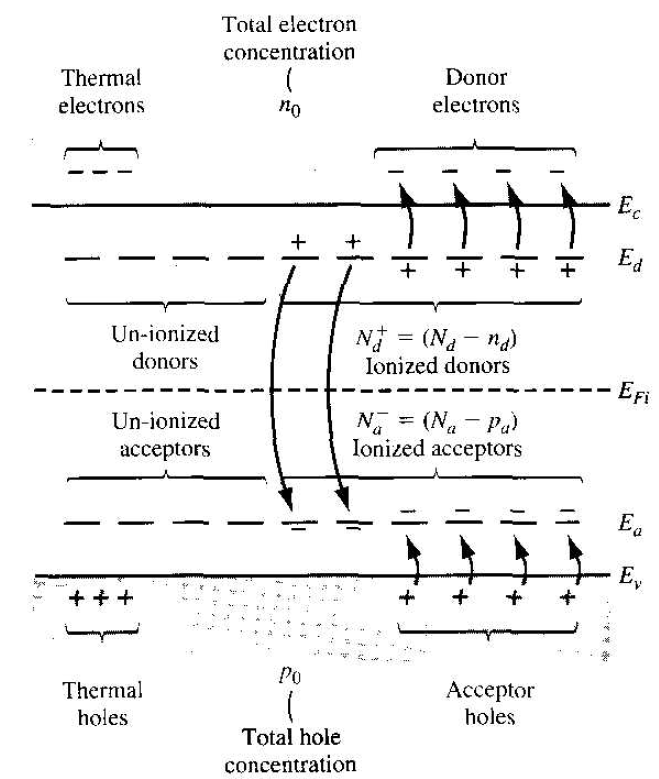
تاريخ الفيزياء

علماء الفيزياء


الفيزياء الكلاسيكية

الميكانيك

الديناميكا الحرارية


الكهربائية والمغناطيسية

الكهربائية

المغناطيسية

الكهرومغناطيسية


علم البصريات

تاريخ علم البصريات

الضوء

مواضيع عامة في علم البصريات

الصوت


الفيزياء الحديثة


النظرية النسبية

النظرية النسبية الخاصة

النظرية النسبية العامة

مواضيع عامة في النظرية النسبية

ميكانيكا الكم

الفيزياء الذرية

الفيزياء الجزيئية


الفيزياء النووية

مواضيع عامة في الفيزياء النووية

النشاط الاشعاعي


فيزياء الحالة الصلبة

الموصلات

أشباه الموصلات

العوازل

مواضيع عامة في الفيزياء الصلبة

فيزياء الجوامد


الليزر

أنواع الليزر

بعض تطبيقات الليزر

مواضيع عامة في الليزر


علم الفلك

تاريخ وعلماء علم الفلك

الثقوب السوداء


المجموعة الشمسية

الشمس

كوكب عطارد

كوكب الزهرة

كوكب الأرض

كوكب المريخ

كوكب المشتري

كوكب زحل

كوكب أورانوس

كوكب نبتون

كوكب بلوتو

القمر

كواكب ومواضيع اخرى

مواضيع عامة في علم الفلك

النجوم

البلازما

الألكترونيات

خواص المادة


الطاقة البديلة

الطاقة الشمسية

مواضيع عامة في الطاقة البديلة

المد والجزر

فيزياء الجسيمات


الفيزياء والعلوم الأخرى

الفيزياء الكيميائية

الفيزياء الرياضية

الفيزياء الحيوية

الفيزياء العامة


مواضيع عامة في الفيزياء

تجارب فيزيائية

مصطلحات وتعاريف فيزيائية

وحدات القياس الفيزيائية

طرائف الفيزياء

مواضيع اخرى
Equilibrium Electron and Hole Concentrations
المؤلف:
Donald A. Neamen
المصدر:
Semiconductor Physics and Devices
الجزء والصفحة:
p 133
18-5-2017
1954
Equilibrium Electron and Hole Concentrations
Figure 1.1 shows the energy-band diagram of a semiconductor when both donor and acceptor impurity atoms are added to the same region to form a compensated

Figure 1.1 Energy-band diagram of a compensated semiconductor showing ionized and un-ionized donors and acceptors.
semiconductor. The figure shows how the electrons and holes can be distributed among the various states.
The charge neutrality condition is expressed by equating the density of negative charges to the density of positive charges. We then have
 (1)
(1)
or
 (2)
(2)
where n0 and p0 are the thermal-equilibrium concentrations of electrons and holes in the conduction band and valence band, respectively. The parameter nd is the concentration of electrons in the donor energy states, so N+d = Nd – nd is the concentration of positively charged donor states. Similarly, pa is the concentration of holes in the and temperature. acceptor states, so N-a = Na – pa is the concentration of negatively charged acceptor states. We have expressions for n0, p0, nd, and pa in terms of the Fermi energy and temperature.
If we assume complete ionization, n,, and p, are both zero, and Equation (2) becomes
 (3)
(3)
If we express p0 as n2i /n0, then Equation (3) can be written as
 (4a)
(4a)
which in turn can be written as
 (4b)
(4b)
The electron concentration na can be determined using the quadratic formula, or
 (5)
(5)
The positive sign in the quadratic formula must he used, since, in the limit of an intrinsic semiconductor when Na = Nd = 0. the electron concentration must be a positive quantity, or n0 = ni.
Equation (5) is used to calculate the electron concentration in an n-type semiconductor, or when Nd > Na. Although Equation (5) was derived for a compensated semiconductor, the equation is also valid for Na = 0.
 الاكثر قراءة في أشباه الموصلات
الاكثر قراءة في أشباه الموصلات
 اخر الاخبار
اخر الاخبار
اخبار العتبة العباسية المقدسة

الآخبار الصحية















 قسم الشؤون الفكرية يصدر كتاباً يوثق تاريخ السدانة في العتبة العباسية المقدسة
قسم الشؤون الفكرية يصدر كتاباً يوثق تاريخ السدانة في العتبة العباسية المقدسة "المهمة".. إصدار قصصي يوثّق القصص الفائزة في مسابقة فتوى الدفاع المقدسة للقصة القصيرة
"المهمة".. إصدار قصصي يوثّق القصص الفائزة في مسابقة فتوى الدفاع المقدسة للقصة القصيرة (نوافذ).. إصدار أدبي يوثق القصص الفائزة في مسابقة الإمام العسكري (عليه السلام)
(نوافذ).. إصدار أدبي يوثق القصص الفائزة في مسابقة الإمام العسكري (عليه السلام)


















